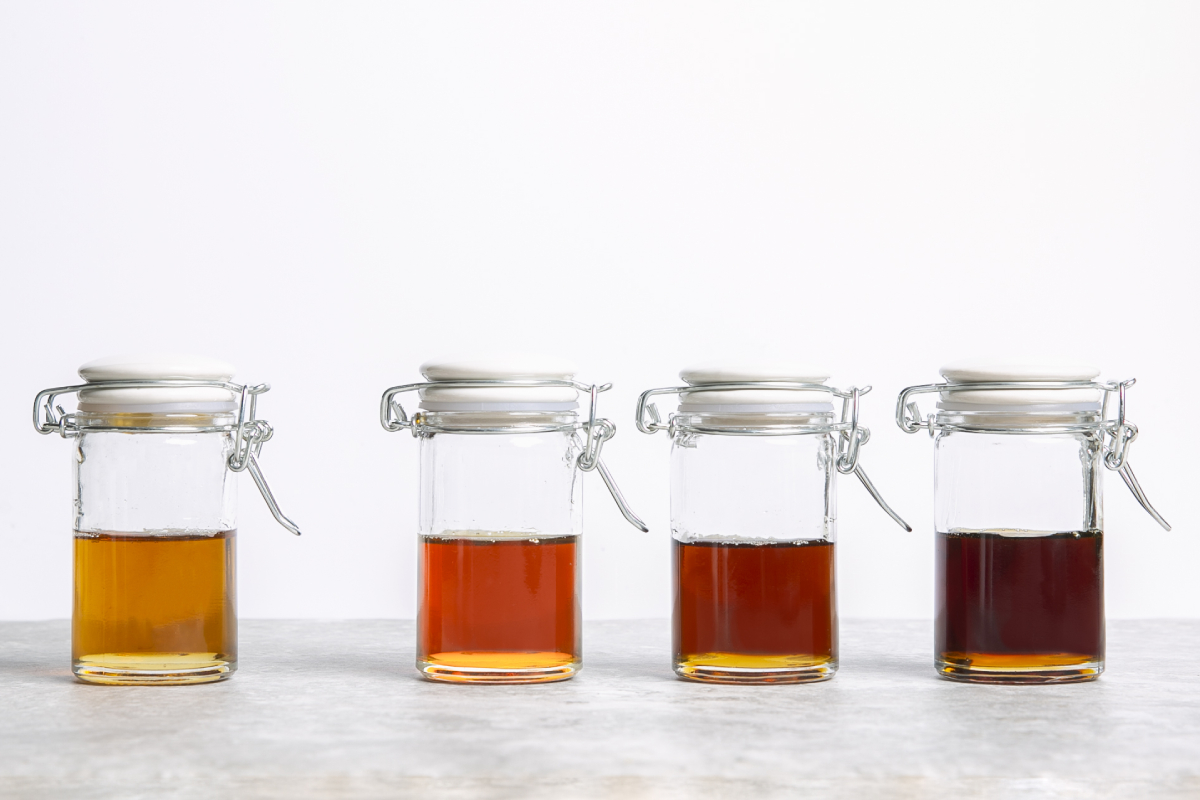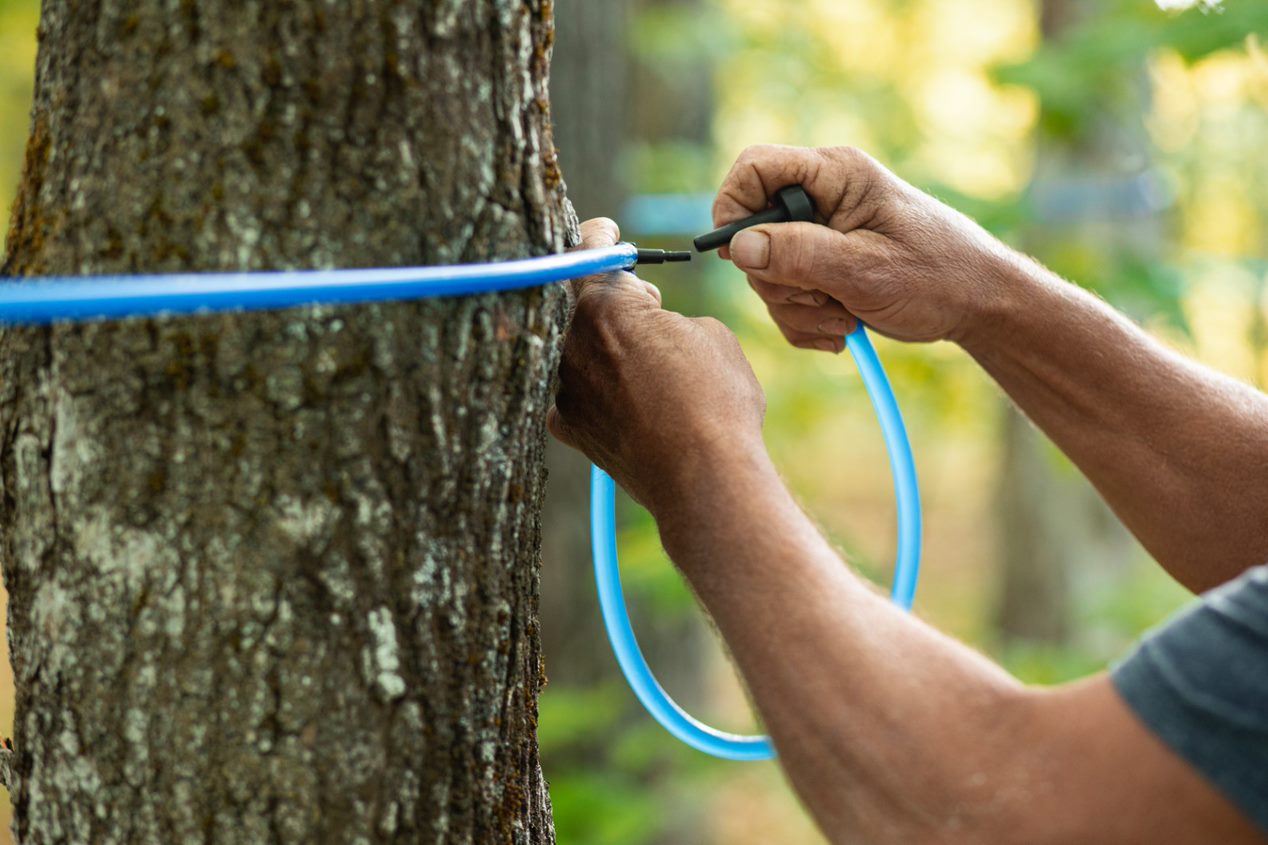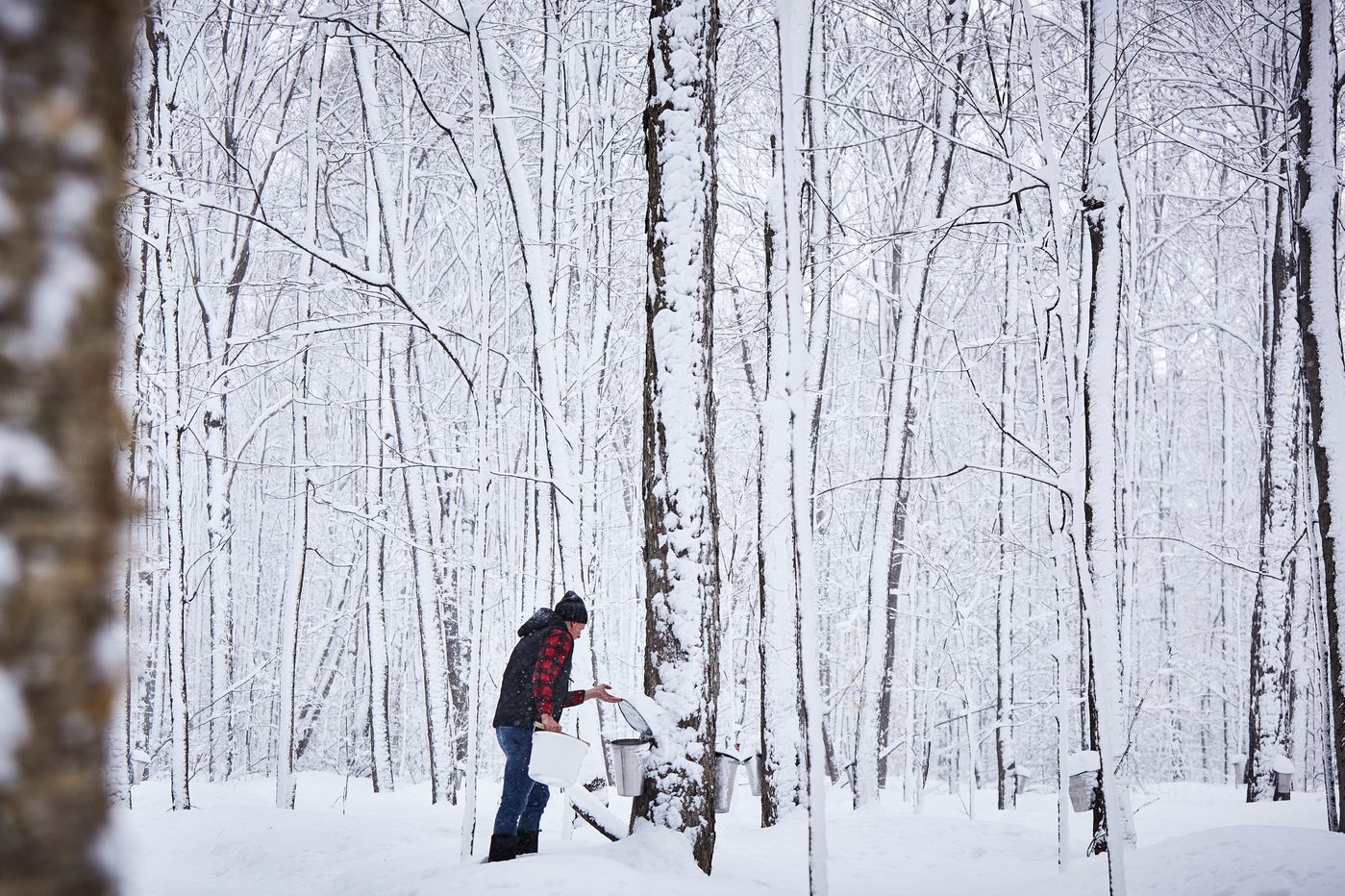How is Maple Syrup Made?
NATURE'S GIFT
Around the world, more and more people are enjoying the flavour, versatility and benefits of maple products from Canada. Approximately 72% of the world’s maple syrup comes from Quebec, making the Canadian province the world leader in maple syrup production.
Thousands of producers make up the Canadian maple syrup industry, and we have them to thank for the syrup we drizzle over our pancakes, mix into marinades and add to our baked creations. But how do they actually make the maple products that are so widely loved by food enthusiasts?
Where does maple syrup come from?
As the name suggests, maple syrup comes from maple trees. More specifically, it comes from the sugary sap found inside these trees. Every year, from late February through to the end of April, maple sap is collected from maple trees across Canada and then boiled down into delicious maple syrup.
Timing is everything when it comes to maple syrup production. In the summer months, maple trees produce sugar through photosynthesis. As milder conditions give way to frigid winter temperatures, the maple tree then stores its nutrients as starch in its roots.
When spring rolls around, the alternating freeze-thaw cycles of day and night encourage the maple sap to flow. The daytime heat liquifies the sap, causing the gas in the tree’s fibres to expand and creating pressure that pushes the sap out toward the trunk and branches so it can be tapped.
The maple syrup produced throughout the course of the ‘sugaring’ or ‘tapping’ season varies slightly in terms of colour and flavour profile. There are four different maple syrup grades, with the lighter varieties produced from the sap collected at the start of the season and the darker grades made at the end.

Which types of maple tree produce maple syrup?
There are more than 150 species of maple tree globally, and while all of these can be used in theory to make maple syrup, only a few are used in practice by maple producers. The species most commonly used to produce maple syrup are the sugar maple, red maple and black maple.
These species are favoured because their sap contains a high concentration of sugar (around 1.5–3.5%), which means that more maple syrup can be produced from the sap compared to other types of maple tree.
Small maple farms and hobbyists may choose to tap other types of tree like the black maple, however most maple products that are produced on a commercial scale and then exported globally originate from the sap of the sugar maple.
How is maple syrup extracted?
Maple sap is extracted from maple trees during spring in a process known as tree tapping. When winter passes and temperatures begin to warm during the day, maple sap flows out to the trunk and branches where it can then be collected.
Traditionally, farmers collected maple sap by hanging buckets on taps hammered into the trees. As these buckets filled, they were poured by hand into larger containers that were then transported to the sugar shack.
Technology has since developed, making the extraction process much more efficient. Most maple sap is now collected using tubing systems that are inserted into the trunk of the tree. These tubes connect to conduits that carry the sap either by gravity or vacuum directly to the sugar shack.

How is maple syrup produced?
Maple syrup is produced by boiling down the sugary sap found in maple trees into a thick syrup. Once transported to the sugar shack, the maple sap is transferred to a large stainless steel tank, where it can then be processed in a reverse osmosis unit or placed straight into an evaporator.
Boiling the maple sap removes the excess water, eventually forming an incredibly rich and sugary syrup. Once the sap reaches a sugar content of at 66%, it has officially become maple syrup!
And the process doesn’t always end there. Maple syrup can be boiled even further, until the liquid has completely evaporated, and dehydrated to form other maple products like maple sugar, maple flakes and maple spread.
Want to see the how maple syrup production plays out in practice? Immerse yourself in the life of a maple syrup producer with the 360° virtual reality video below and see the whole process from harvest, processing and preservation to the deliciously sweet uses of maple syrup!

Discover Maple
Discover more about pure Canadian maple syrup, its history and how this natural sweetener is produced.
